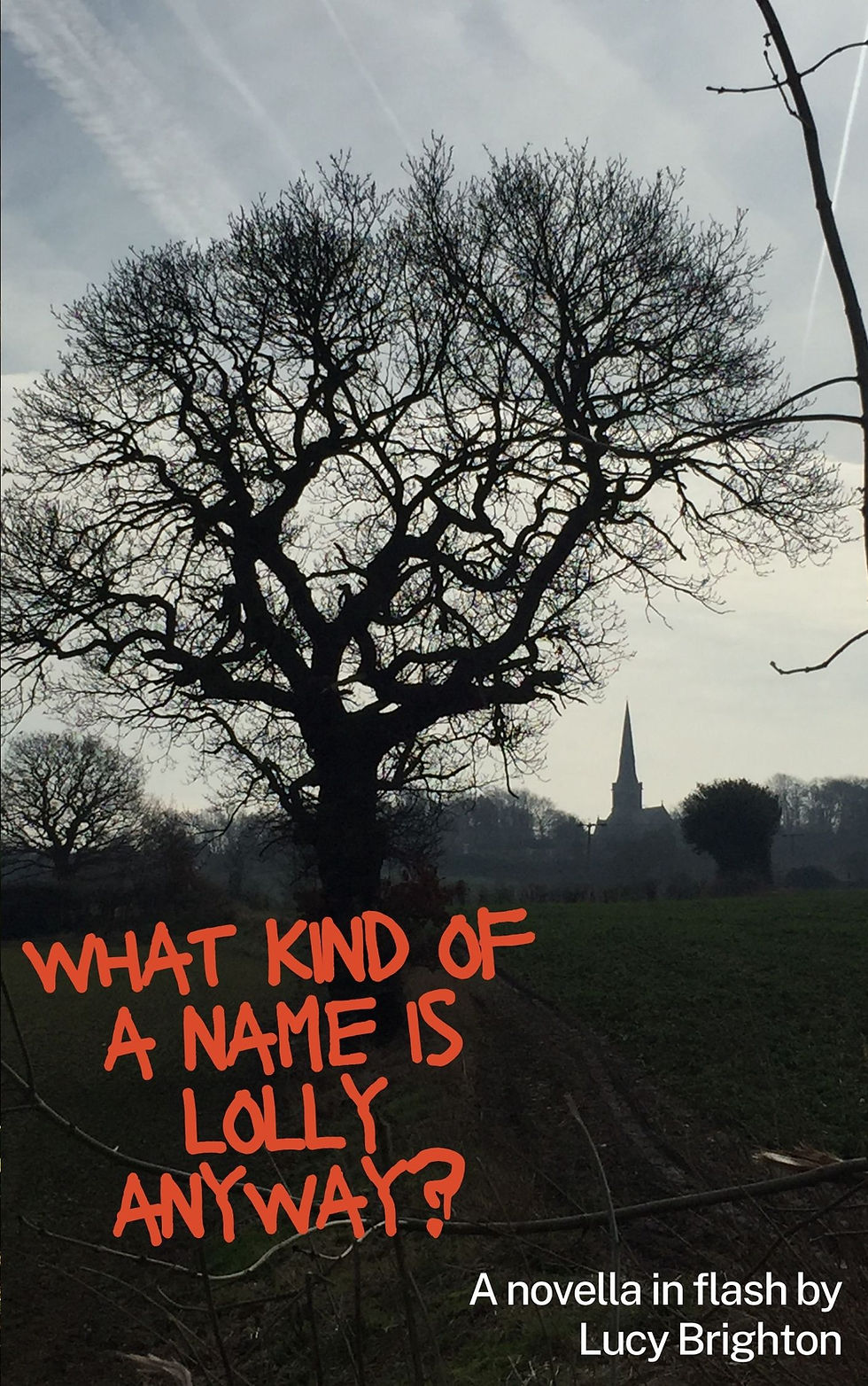Crafting Compelling Flash Fiction: Top Tips and Advice
- brightwritenow
- Feb 13
- 4 min read
Flash fiction has quickly become a favourite among writers. This concise form of storytelling is not just about brevity. It’s about capturing deep emotions and insightful narratives in a limited space. If you want to explore flash fiction or elevate your writing skills, you’re in the right place! Here’s what you need to know to craft engaging flash fiction.

What is Flash Fiction?
Flash fiction is a short story that focuses on the essential elements of a narrative. It includes a setting, characters, dialogue, and a plot, all condensed into typically less than 1,000 words. This format allows writers to tell a captivating tale with economy and precision.
For example, a story about a couple's breakup might focus solely on the moment they realise it’s over, rather than detailing their entire relationship. This concentrated focus can make the emotional impact stronger. A good flash piece can tackle profound human truths—like grief, joy, or love—in a way that feels fresh and engaging.

In flash fiction, you won't have space for extensive backstories or detailed settings. Your goal is to create a story that evokes strong feelings quickly.
Effective flash relies on implication and suggestion; often, what you don’t include is just as important as what you do. Leave spaces for readers to fill in meaning, and they’ll feel more connected to the story.
Flash fiction is not:
A character study,
A poem,
A vignette,
A scene setting where little happens,
A rambling stream of consciousness.
Crafting Your Flash Fiction
The charm of flash fiction lies in the ability to present a small piece of a larger story. You can convey a significant moment that resonates as powerfully as a longer narrative. Even with limited context, a moment can carry immense emotional weight.
Be strategic about your starting and ending points. Choosing the right moments allows you to maximise your story's impact.
Choose Your Title Wisely
The title of your story is more than just a label; it can enhance meaning, hint at themes, and draw readers in.

Start with a Hook
Your opening sentence needs to catch the reader's attention immediately. In flash fiction, every moment counts. Introduce a character, setting, or conflict in a way that intrigues the reader.
A visually striking image or a thought-provoking question can set the tone for the entire piece.
Embrace Brevity
In flash fiction, every word matters. Aim for concise sentences and vivid language while maintaining depth. Instead of lengthy descriptions, focus on actions and emotions that propel the plot.

Develop Character through Actions
With limited space for character development, convey personality and motivations through actions and dialogues. Show, don’t tell. Readers should be able to discern a character’s traits through their choices and interactions.

Create Emotional Impact
Flash fiction thrives on emotional depth. Whether addressing love, loss, or resilience, ensure your story evokes genuine feelings. You want your narrative to linger in the reader's mind long after they’ve read it.
Specific, relatable moments can create strong connections. Don’t hesitate to express vulnerability.

Use Implications and Suggestions
Great flash fiction often relies on what’s unsaid. The most intriguing aspects of your story can come from what you leave out. Allow readers to fill in the blanks, creating a sense of intimacy in your storytelling.
Revise Ruthlessly
Writing flash fiction doesn’t stop at the first draft; it requires careful revision. Once your piece is finished, take a moment to evaluate it. Cut unnecessary words, refine your title, and clarify your narrative arc. The goal is clarity and emotional impact.
Get feedback from writing groups or trusted peers. Their perspectives can help you fine-tune your story and resonate better with your audience.
Read and Learn from Examples
To improve your flash fiction skills, read widely. Explore a variety of stories to discover what works. Pay attention to different styles, themes, and techniques used by other writers.
Analysing other authors can inspire new ideas for your work while helping you establish your unique voice.
Places to read Flash Fiction
There are numerous sites and webzines offering a host of flash fiction for free – here are some you can check out:
I have some of my published flash fiction pieces linked in the portfolio section on my website: https://www.lucybrighton.com/portfolio
You can also buy my Novella in Flash here:
"What Kind of a Name Is Lolly Anyway?" by Lucy Brighton is an absolute gem! From the very first page, I was hooked by Lolly’s quirky, relatable personality and the emotional depth of her journey. The writing is beautifully crafted, balancing humor and heart in a way that keeps you engaged throughout. (Amazon review)

Opportunities to get published
*disclaimer - I am not promoting the aforesaid competitions and I encourage all participants to read the rules, and terms and conditions, for any competitions they choose to enter.
Final Thoughts
Flash fiction offers a thrilling challenge for writers. By focusing on brevity, choosing thoughtful titles, and emphasising emotional impact, you can craft powerful narratives. Remember that the beauty of flash fiction lies in its ability to capture profound moments in time. Embrace the opportunity to experiment, learn, and express your authentic voice.
Happy writing!


Comments